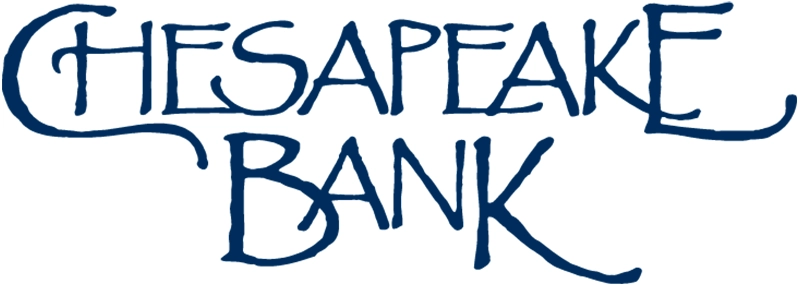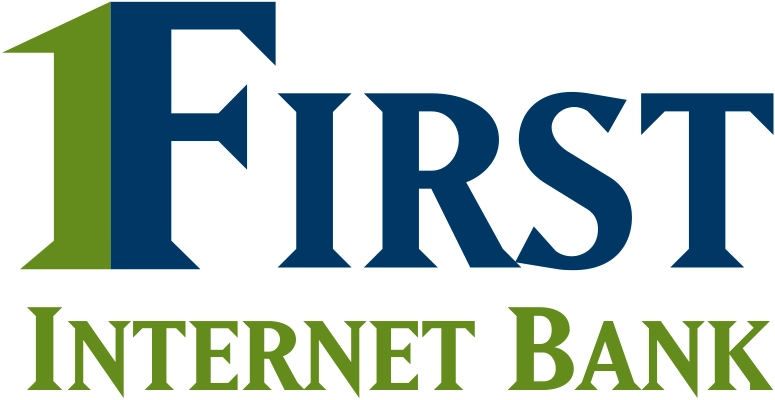Compare Banks
Find your perfect bank by comparing features, rates, and services. Make informed decisions with our detailed bank-to-bank comparisons.
Search for your bank or browse our comprehensive list below




































Find your perfect bank by comparing features, rates, and services. Make informed decisions with our detailed bank-to-bank comparisons.
Search for your bank or browse our comprehensive list below



































